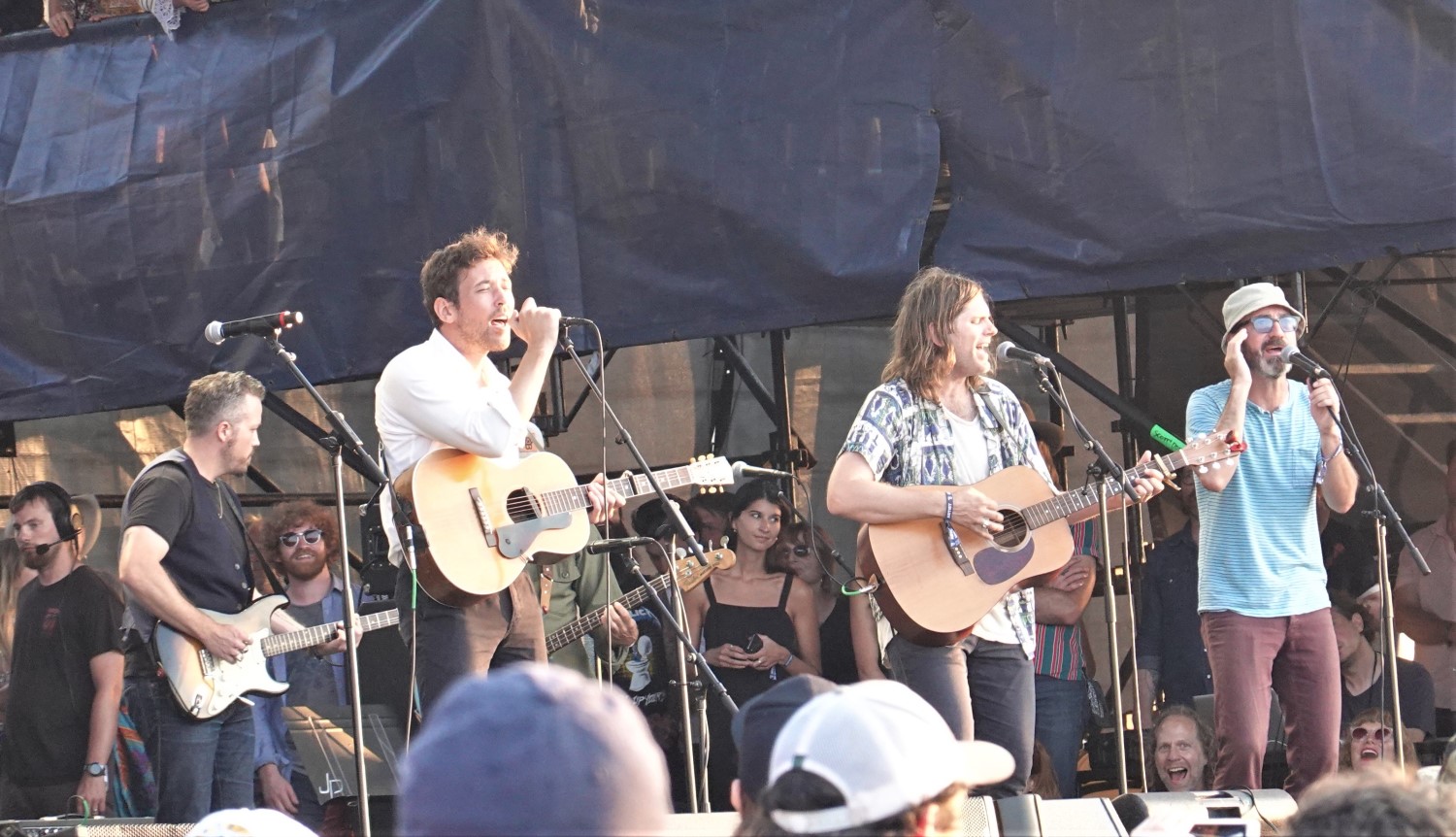

He wanted to build bridges, but he’d spent only forty-seven fractious days in high school he wanted to be a sportswriter, but he was a “deez, demz, and doz” guy he loved music, but he couldn’t read it, and was too impatient to learn an instrument. When he was a young man, Sinatra’s expectations were woefully at odds with his abilities. But underneath there is something quite-I don’t want to say ‘sensitive,’ because that’s an understatement-underneath there is a delicate, fragile boy,” his daughter Tina Sinatra told me recently. “His bravado, his bigness, the size of him in public life-it’s part of him. Sinatra’s life has been one long show of mastery over his Hoboken years, whose scars are harder to see than those on his neck, ear, and cheek from an agonizing forceps delivery that yanked the nearly thirteen-pound baby out of his twenty-one-year-old mother’s diminutive body and prevented her from having other children. Kennedy and Ronald Reagan and whenever he lunched with Nancy Reagan at the White House, spotted the sense of manifest destiny in Sinatra. Even the Secret Service, which protected him when he produced Presidential inaugurals for both John F. Sinatra, whose tape-recorded voice was heard by the Apollo 12 astronauts as they orbited the moon, and whose two hundred and six CDs currently in print make him the most comprehensively digitally preserved music-maker in the history of recorded sound, refers to himself as the Top Wop. Williams said in the fifties, tagging him forever with the epithet Chairman of the Board. He is “the most imitated, most listened to, most recognized voice of the second half of the twentieth century,” the New York disk jockey William B. In time, of course, Sinatra seized more than power he infiltrated the Western world’s dream life. Dolly Sinatra, who had an immigrant’s faith in success, wanted her school-shy son to become some kind of powerful man. As an adult, Sinatra often referred to his home town as a “sewer” after 1947, when he was given the key to the city, he didn’t return to it officially until 1985, when he received an honorary degree from Stevens Institute of Technology, an engineering school that his ambitious mother had wanted him to attend. The vista was at once a thrill and a rebuke. In those days, from River Road, now called Sinatra Drive, you could see New York’s crenellated skyline, rising like a bar graph of profits, and, if you walked to the dock’s edge, the ass end of the Statue of Liberty.


Sinatra was born in Hoboken, on December 12, 1915.

To get to the bustle of Manhattan from Hoboken, New Jersey, which is just across the Hudson River, takes about fifteen minutes by ferry to forget the deadliness of the place has taken Frank Sinatra most of his lifetime.


 0 kommentar(er)
0 kommentar(er)
